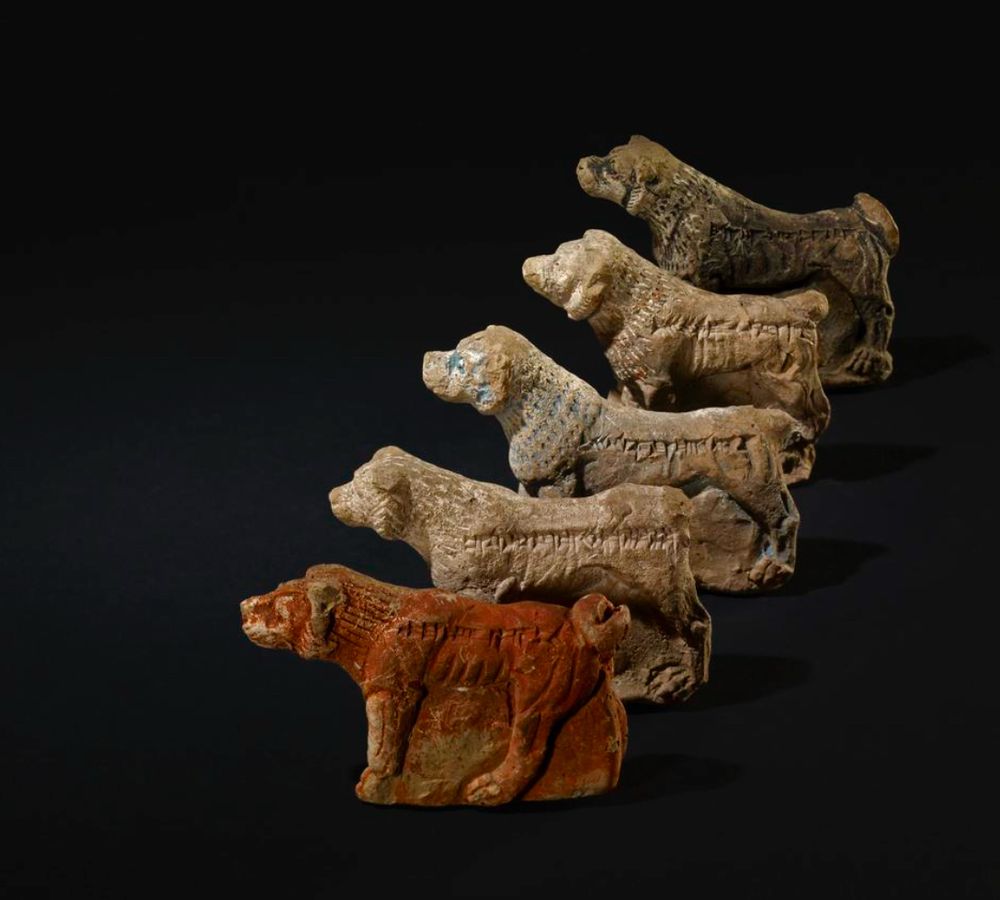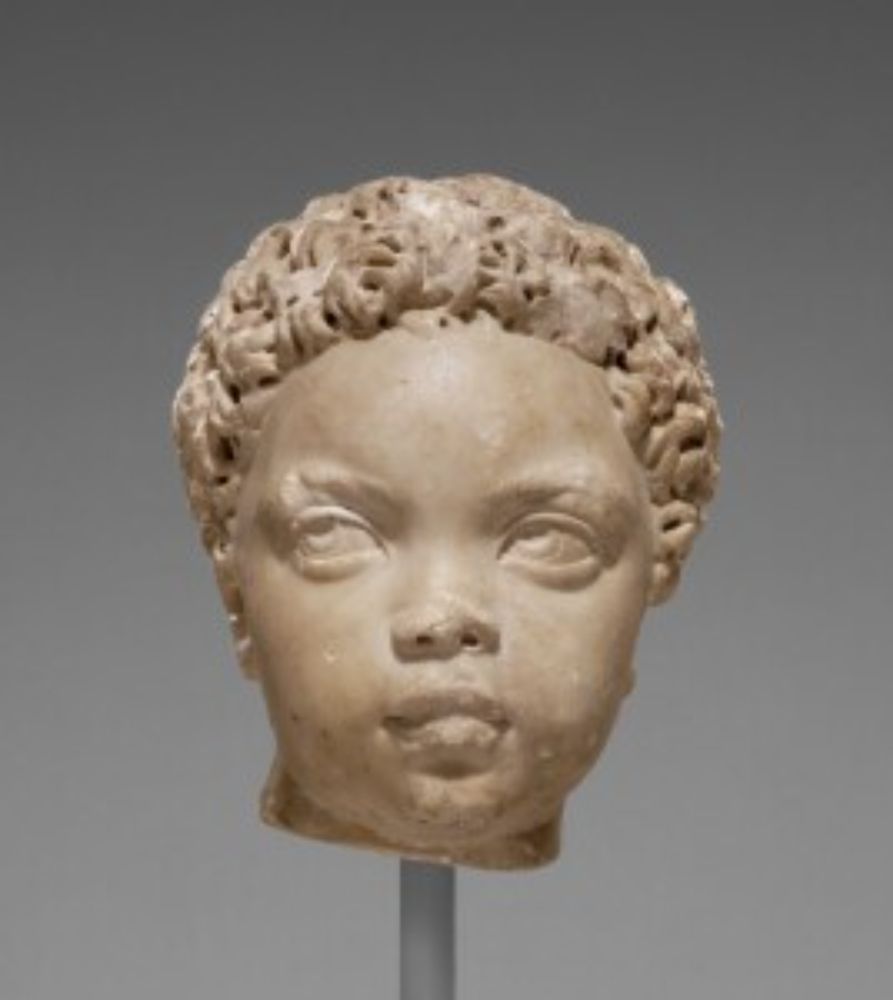
However, plenty of Roman depictions of Africa give her light skin (like the above mosaic). Ivory can also be sourced from Asia.
However, plenty of Roman depictions of Africa give her light skin (like the above mosaic). Ivory can also be sourced from Asia.



See this December 2020 Getty post by Paula Gaither which reflects on the complexities of identification and museum language: www.getty.edu/news/rethink...
See this December 2020 Getty post by Paula Gaither which reflects on the complexities of identification and museum language: www.getty.edu/news/rethink...
Without archaeological, epigraphic, or scientific evidence to clarify possible identities, we are left to rely only on his features. This approach can be faulty, and risks stereotyping or overgeneralizing.
Without archaeological, epigraphic, or scientific evidence to clarify possible identities, we are left to rely only on his features. This approach can be faulty, and risks stereotyping or overgeneralizing.
Brooklyn Museum 70.59

Brooklyn Museum 70.59
On tiny dog figurines found buried under a palace in Nineveh, Iraq are inscriptions that seem to be names.
dan rigiššu “loud is his bark”
munaššiku gārîšu “biter of his foe”
mušēṣi lemnūti “expeller of evil”

On tiny dog figurines found buried under a palace in Nineveh, Iraq are inscriptions that seem to be names.
dan rigiššu “loud is his bark”
munaššiku gārîšu “biter of his foe”
mušēṣi lemnūti “expeller of evil”




